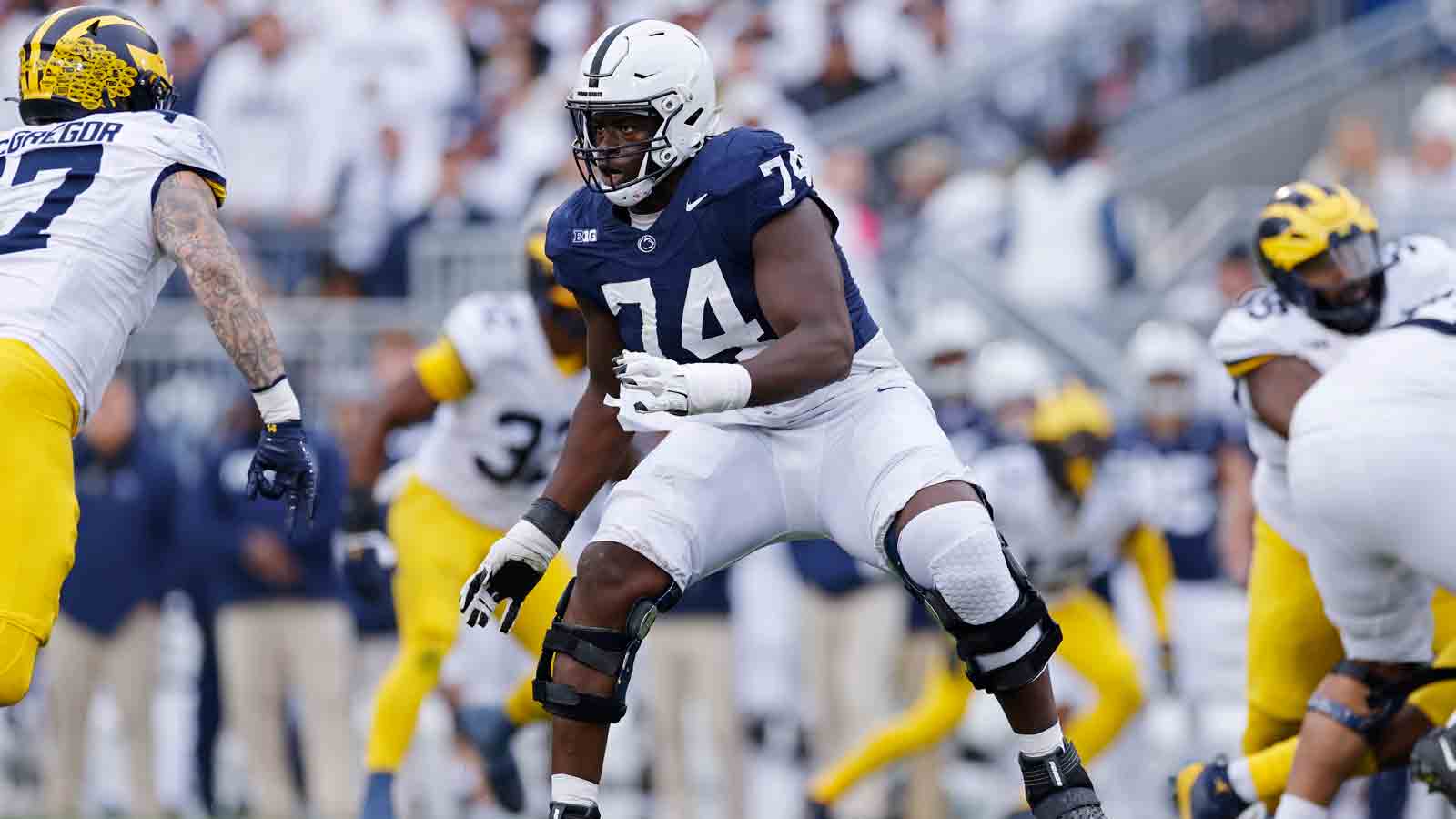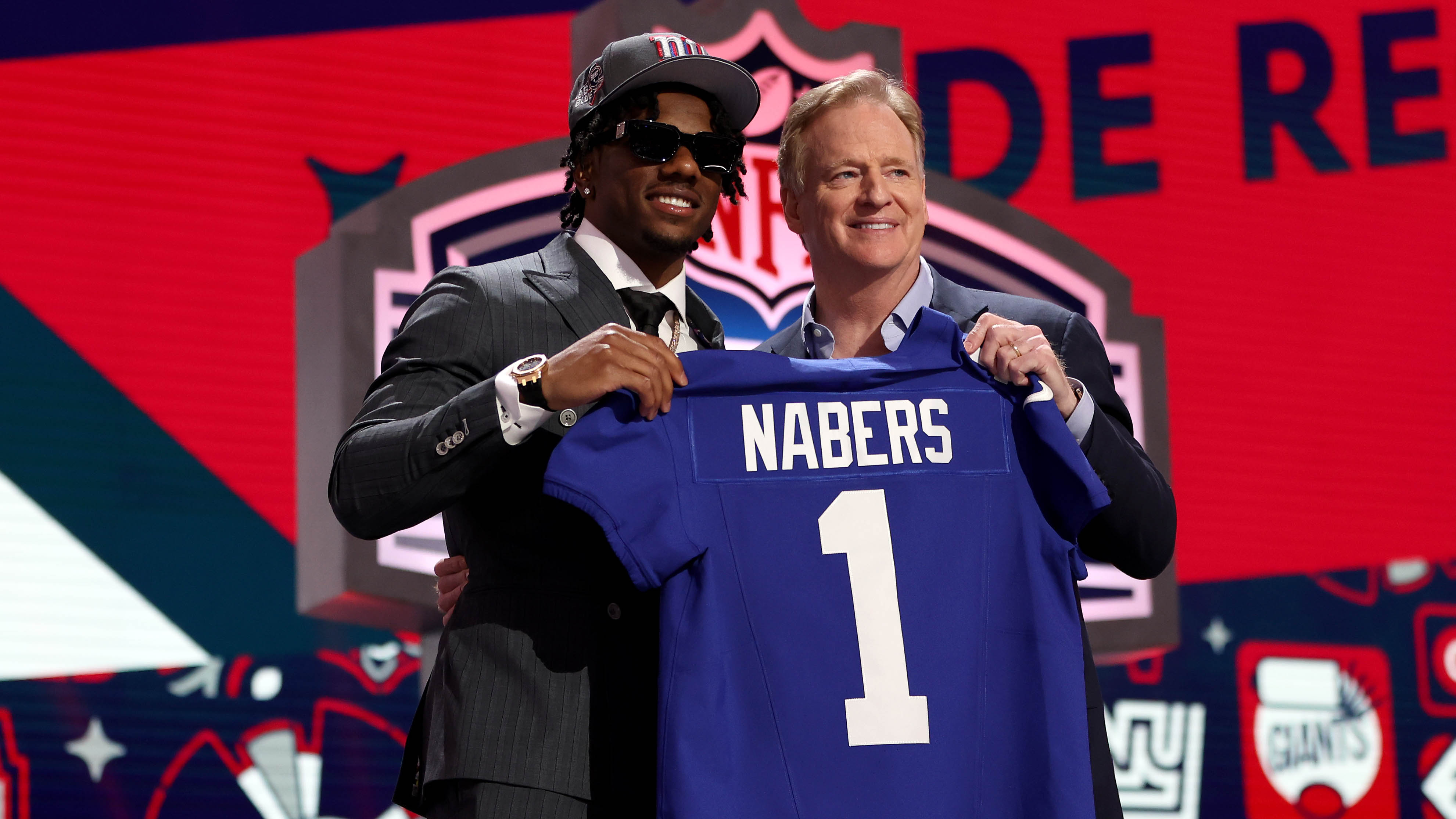The New York neighborhood that was stage to generations of American cultural greats, from Edgar Allan Poe to Bob Dylan and Bruce Springsteen, is in better shape to last the ages as the city's newest historic landmark.
About 250 buildings in the Greenwich Village neighborhood that reach back to the early 1800s, including houses and famed small theaters that produced writers, artists and musicians, like Lenny Bruce and Eugene O'Neill, gained historic district status Tuesday from the city's Landmarks Preservation Commission.
The 13-block South Village Historic District is south of the square park, and also includes America's first Italian coffeehouse, the San Remo Cafe. It was the hangout of everyone from Miles Davis and Jack Kerouac to Dylan Thomas.
Advocates say the buildings have been threatened by developers looking to demolish or change 19th century housing stock.
"I am ecstatic. We've been waiting a very, very long time for this," said Mark Fiedler, 59, a musician and software entrepreneur, who for the past three decades has lived on Bleecker Street in the newly landmarked part of the Village.
A recently developed eight-floor building next to Fiedler's apartment house blocks what was once his clear view of the Empire State Building. And a onetime home of Poe's was also destroyed to make way for a new building.
The landmark status will stop New York University's plan to erect a 300-foot-tall dormitory in its tracks, said Andrew Berman, executive director of the Greenwich Village Society for Historic Preservation. The new dorm was to rise near Washington Square Park.
Local
Since the 1960s, nearly 2,500 structures have been landmarked in Greenwich Village, which the commission described as "one of the most important cultural and social centers of the city."



